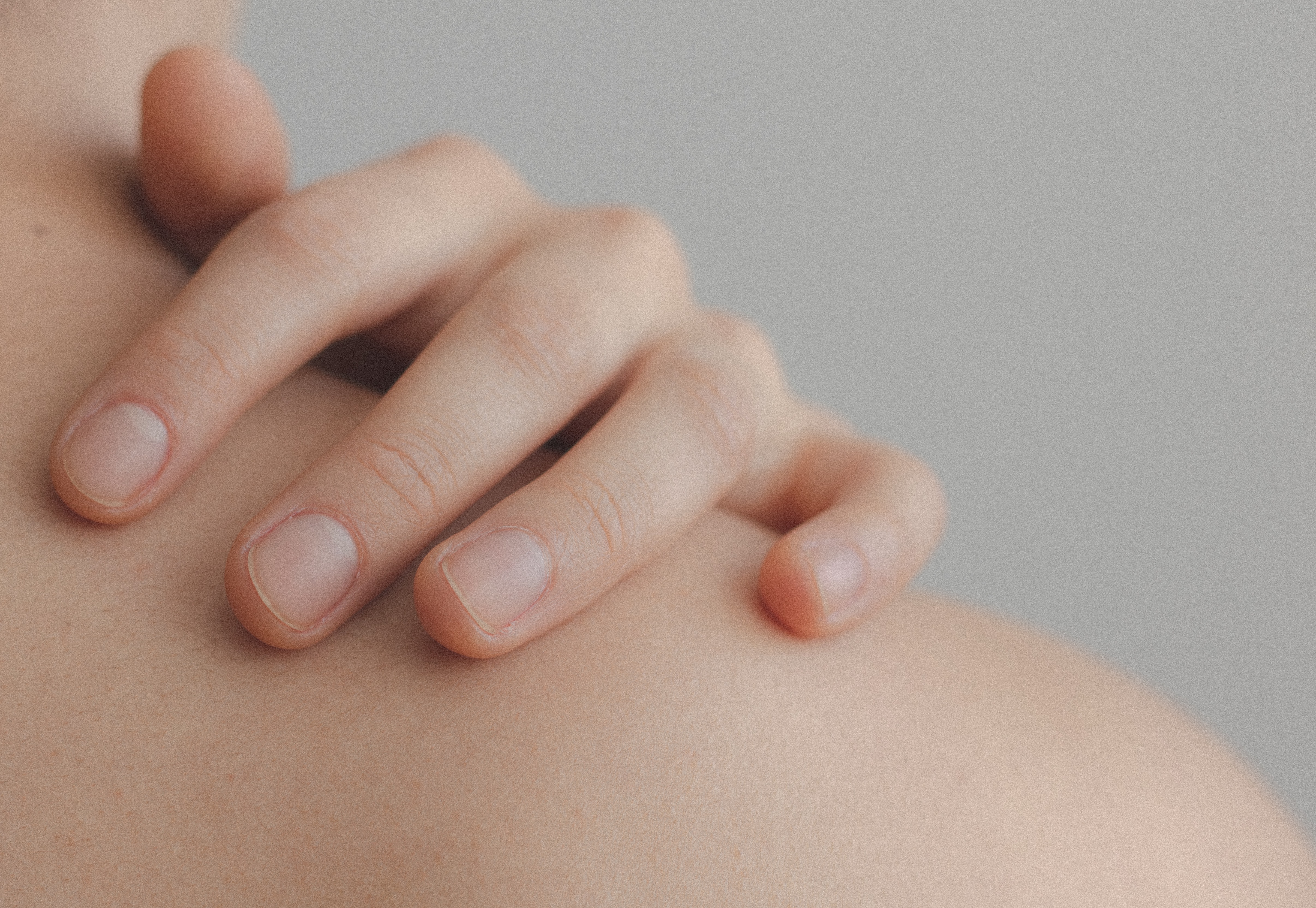
Take this skin quiz to find the best ingredients for your skin and build your skin care routine.
Take The Skin Quiz
Lactic acid is an organic acid that’s present in our blood, deposited there by muscle cells and RBCs. It is a product of anaerobic respiration – that is, it’s made when cells produce energy without oxygen. It is produced in our body when oxygen levels are low, but the body needs to convert glucose into energy.
Lactic acid encourages the production of collagen, which reduces wrinkles and fine lines, giving you firm, younger-looking skin. It can also be used to treat age spots and hyperpigmentation. Using lactic acid can improve your skin tone and reduce the size of pores. You can use a lactic acid peel to achieve these results.
Lactic acid is considered fairly mild, but after you use a peel, your skin will be vulnerable to the sun’s radiation. Make sure you use sunscreen. In addition, the application of lactic acid can cause irritation, itchiness, and rashes. The problem usually subsides with time, but if you have eczema, psoriasis, or rosacea, avoid using lactic acid.
Pores are itsy-bitsy openings in the skin—and there are millions covering every millimeter of skin. There are two types of pores with different functions: sweat pores and oil pores. The sweat pore allows moisture, produced by sweat glands, to exude out to the surface of the skin, where it helps to cool the body in response to heat, exertion or fever. Sweat pores are so tiny, they are mostly invisible to the human eye.
The oil pore, on the other hand, is a bit larger. Oil pores are also known as hair follicles because these pores produce oil from the sebaceous glands, but they are also the openings from which hair emerges. The oils help to keep our skin and hair healthy. It is the oil pores that can get clogged with sweat, debris and other gunk, causing acne, blackheads and whiteheads. Sweat pores rarely get clogged, as they are so tiny.
Benzoyl peroxide is a topical agent for fighting bacteria and unclogging pores. It is one of the longest-used medications to keep pores clean and healthy. Jojoba oil and rosehip oil are also good for reducing inflammation, fighting bacteria, and keeping in moisture for healthier skin. Ingredients that help exfoliate dead skin cells and increase new skin cell production, such as Vitamin A/Retinol, glycolic acid, and salicylic acid, are good for keeping pores unclogged as well.
lactic acid may be effective for clogged pores, but there are many other factors that may affect whether this ingredient would work on your skin or if there are better ingredients that may work for you. Take this skin quiz to find the best ingredients for your skin and build your skincare routine.
Next: Does lactic acid work on redness ?